
Program Benefits for
Bakeries
Why winter wheat?

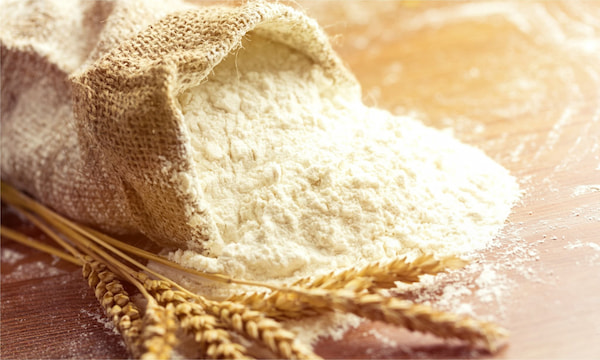
It produces flour with a whiter
and brighter appearance.

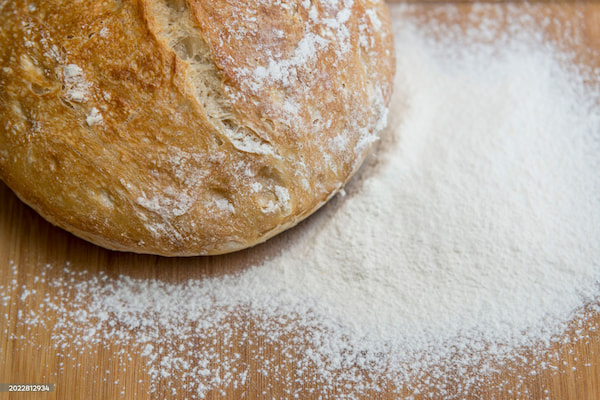
It produces flour that has
good texture retention.

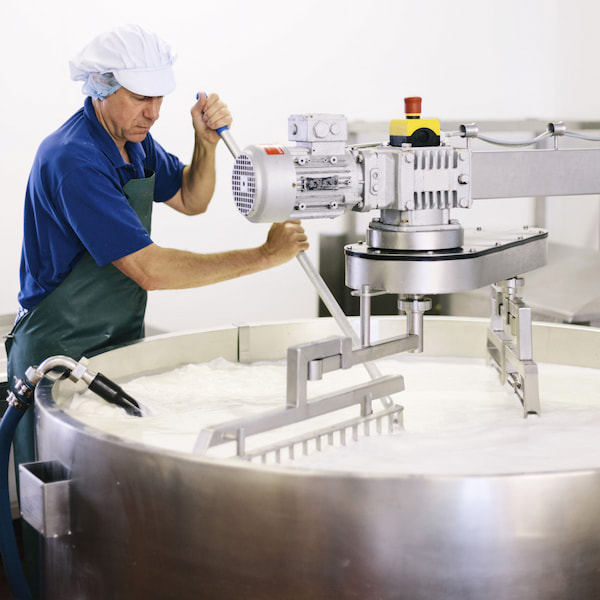
It produces flour that has
good processing properties.
Hard winter wheat is used to make French, flat and steamed breads, as well as noodles.
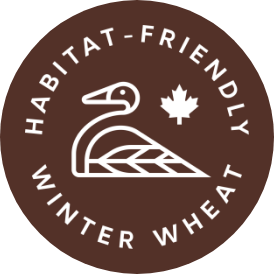
Soft winter wheat is used for cakes, pastry, cereal, crackers, cookies, and biscuits.
To qualify for certification status and on-product claims, the percentage of winter wheat in the flour of your final product must consist of at least 30% (by weight) of certified Habitat-Friendly Winter Wheat.
Interested in using winter wheat in your products?
Sign up for the Ecolabel Program
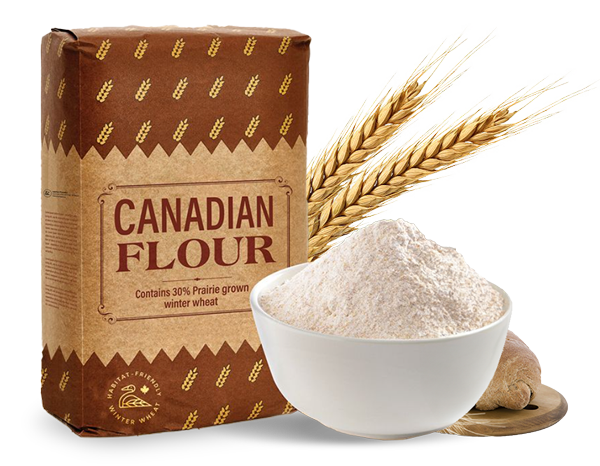
How Your Business
Can Benefit from
the Ecolabel Habitat-Friendly
Winter Wheat Program


Stand Out from the Crowd
Habitat-Friendly Winter Wheat supports sustainability without sacrificing quality, and it differentiates your products with a certified seal of sustainability, helping consumers make informed, sustainable choices.

Connect with a Fast-Growing Category of Consumers
A growing number of consumers are prioritizing sustainability as a key factor in purchasing decisions and will support brands that are making a positive impact. An Ecolabel sends a clear message that your business is dedicated to helping the planet and, in turn, helps consumers feel good about their purchase.

Boost Your Brand
Using the Habitat-Friendly Winter Wheat ecolabel on your packaging can raise your brand’s reputation in the eyes of consumers by showing the world that your business is serious about the environment.
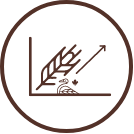
Create Higher Demand
Studies have shown that when given the choice between two similar wheat products, one in three Canadian consumers would choose the product with the ecolabel.
Join the Habitat-Friendly Winter Wheat Ecolabel Program
How to Join
Joining the ecolabel program requires entities to meet program certification requirements for initial enrollment, as well as maintaining compliance with program standards as part of a three-year audit cycle. Entities that are eligible for certificates in the program include grain handlers, mills, and manufacturers.
- Application – Program participants submit an application to the program administrator. Download the application form.
- Third-party Audit – A third-party auditor completes a remote audit of the applicant.
- Certification Decision – The auditor will submit documents to the program administrator for review by the Governance Committee.
- Approval – The participant receives their certificate and information on ecolabel claims and logo use guidelines.
Certification
The Habitat-Friendly Winter Wheat Ecolabel Program will operate on a three-year audit cycle, where program participants will be required to submit updates regarding their operation and information on certified volumes to the program administrator on an annual basis.
Program Requirements
Key program requirements must be met for establishing the claim of Habitat-Friendly Winter Wheat at the point of sale from farmers as well as traceability.
Grain Handler or Mill Requirements for Receipt of Western Winter Wheat:
- Identity of the Wheat variety grown as belonging to the class Canada Western Red Winter Wheat. Program participants will be required to submit evidence of wheat variety classification of CWRW according to Canadian Grain Commission’s Official Grain Grading Guide.
- Education and Outreach Activities with Farmers that Supply Western Winter Wheat.
To support stewardship practices by farmers, an education and outreach component will be part of the initial step of establishing the claim. Chain of Custody Requirements for Mill and Manufacturer:
- Segregating Certified Grain – Physical segregation of grain will need to be demonstrated through your management, including documentation and record keeping that support tracking of certified product, and evidence of physical controls to separate the grain.
- Blending Threshold – To qualify for certification status, the percentage of winter wheat in the flour of the final product must be determined and consist of at least 30% by weight of certified Habitat-Friendly Winter Wheat.

